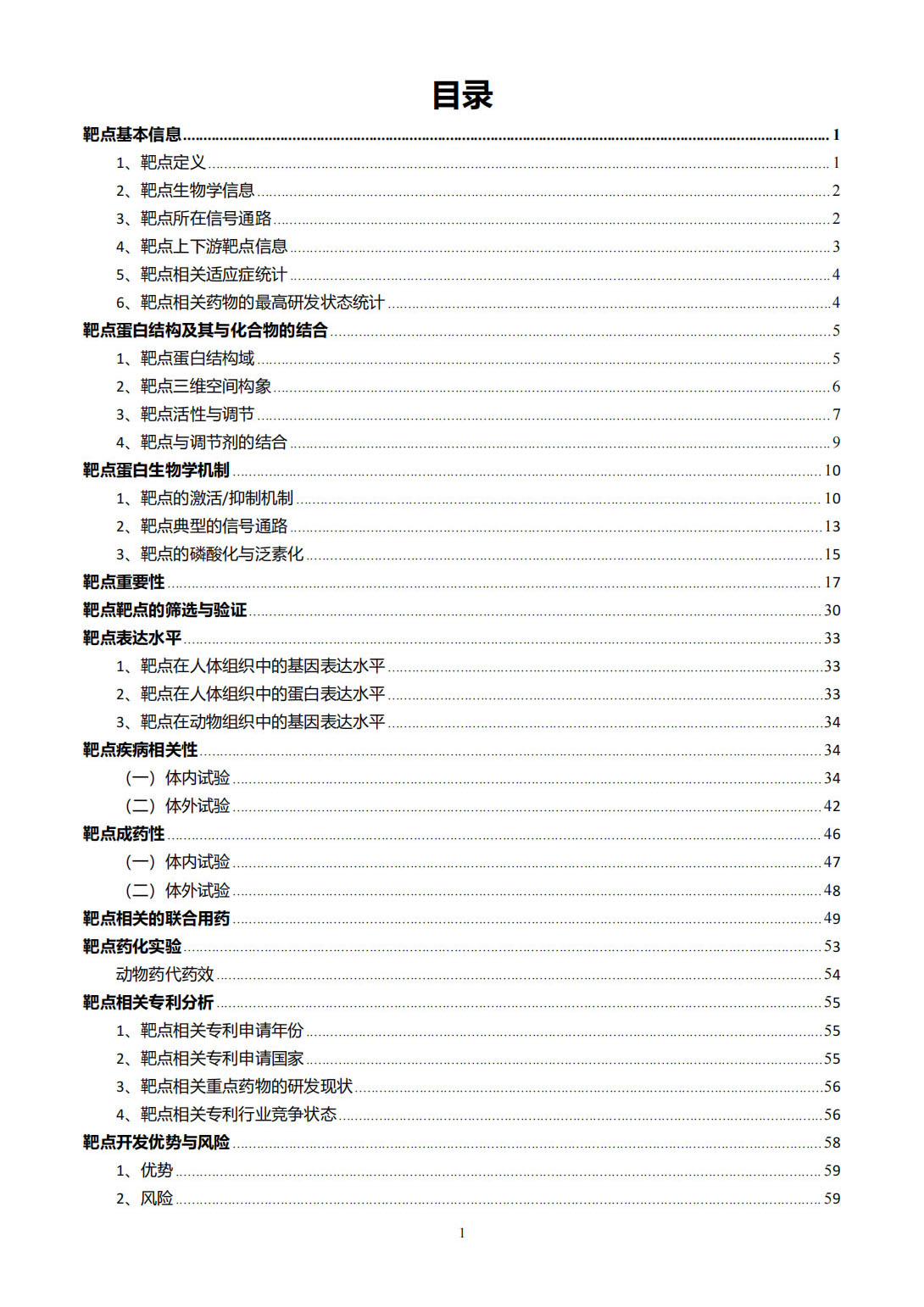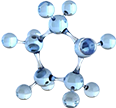PCNA Target Analysis Report Summary


About the Target
PCNA, also known as cyclin, is involved in various cellular processes, including cell cycle progression and transcriptional regulation. In the context of VEEV infection [1], it was found that capsid protein blocks nucleocytoplasmic trafficking, resulting in transcriptional suppression and a decrease in cyclin E and A expression at both mRNA and protein levels. In uninfected cells, nucleocytoplasmic trafficking is intact. The study hypothesized that the proteins affected by the block in nucleocytoplasmic trafficking could be transcription factors, cell cycle regulators, or mitotic assembly factors. Furthermore, in the regulation of the cell cycle, A-kinase anchoring proteins (AKAPs) interact with cyclin-CDK signaling [2]. Specifically, AKAP12 decreases cyclin D expression and supports cytokinesis completion, while AKAP8 regulates different stages of the cell cycle and facilitates cell cycle progression. Additionally, inhibitors of CDK4/CDK6, which are cyclin-dependent kinases, have immunomodulatory effects by targeting both malignant and non-malignant components of the tumor microenvironment [3]. Another model suggests that KDM2B prevents delay in dissociation of PCNA from chromatin during S phase, contributing to timely cell cycle progression [4]. Finally, in the context of HBx-mediated viral subversion of the hepatocellular division cycle, the suppression of miR-122 leads to de-repression of CCNG1 expression [5]. Overall, PCNA (cyclin) plays a crucial role in cell cycle regulation, transcriptional suppression, and immunomodulatory effects in various biological contexts. [1][2][3][4][5]
Based on the given context information, the key viewpoints related to PCNA are as follows:
PCNA plays a role in regulating the cell cycle by facilitating the cytoplasmic export of nuclear PAX6, which represses p21 in proliferative cells. Lack of functional autophagy can hamper this cell cycle response [7].
RPA interacts with Rad18 to regulate PCNA monoubiquitination. Long, persistent RPA filaments generated at DNA lesions promote Rad18 interactions with PCNA, resulting in its monoubiquitination [8].
PCNA is mono-ubiquitinated and acts as a scaffold for the assembly of a multi-polymerase translesion synthesis (TLS) complex, involving TLS DNA polymerases Rev1 and Polzeta. This complex helps bypass DNA lesions during replication [9].
PCNA is involved in the coordination of DNA methylation and post-translational modifications of histones. It forms a complex with DNMT1, UHRF1, G9a, and HDAC1 to silence DNA regions following replication [10].
PCNA is also involved in de novo methylation of DNA regions in heterochromatin, where it interacts with SUV39H1, HP1, and DNMT3A/DNMT3B to induce DNA methylation [10].
It should be noted that viewpoint 1 is specific to LSCs, viewpoint 2 relates to DNA replication, viewpoint 3 discusses TLS during DNA replication, and viewpoint 4 and 5 highlight the involvement of PCNA in DNA methylation processes.
Figure [1]

Figure [2]

Figure [3]

Figure [4]

Figure [5]

Figure [6]

Figure [7]

Figure [8]

Figure [9]

Figure [10]

Note: If you are interested in the full version of this target analysis report, or if you'd like to learn how our AI-powered BDE-Chem can design therapeutic molecules to interact with the PCNA target at a cost 90% lower than traditional approaches, please feel free to contact us at BD@silexon.ai.
More Common Targets
ABCB1 | ABCG2 | ACE2 | AHR | AKT1 | ALK | AR | ATM | BAX | BCL2 | BCL2L1 | BECN1 | BRAF | BRCA1 | CAMP | CASP3 | CASP9 | CCL5 | CCND1 | CD274 | CD4 | CD8A | CDH1 | CDKN1A | CDKN2A | CREB1 | CXCL8 | CXCR4 | DNMT1 | EGF | EGFR | EP300 | ERBB2 | EREG | ESR1 | EZH2 | FN1 | FOXO3 | HDAC9 | HGF | HMGB1 | HSP90AA1 | HSPA4 | HSPA5 | IDO1 | IFNA1 | IGF1 | IGF1R | IL17A | IL6 | INS | JUN | KRAS | MAPK1 | MAPK14 | MAPK3 | MAPK8 | MAPT | MCL1 | MDM2 | MET | MMP9 | MTOR | MYC | NFE2L2 | NLRP3 | NOTCH1 | PARP1 | PCNA | PDCD1 | PLK1 | PRKAA1 | PRKAA2 | PTEN | PTGS2 | PTK2 | RELA | SIRT1 | SLTM | SMAD4 | SOD1 | SQSTM1 | SRC | STAT1 | STAT3 | STAT5A | TAK1 | TERT | TLR4 | TNF | TP53 | TXN | VEGFA | YAP1

